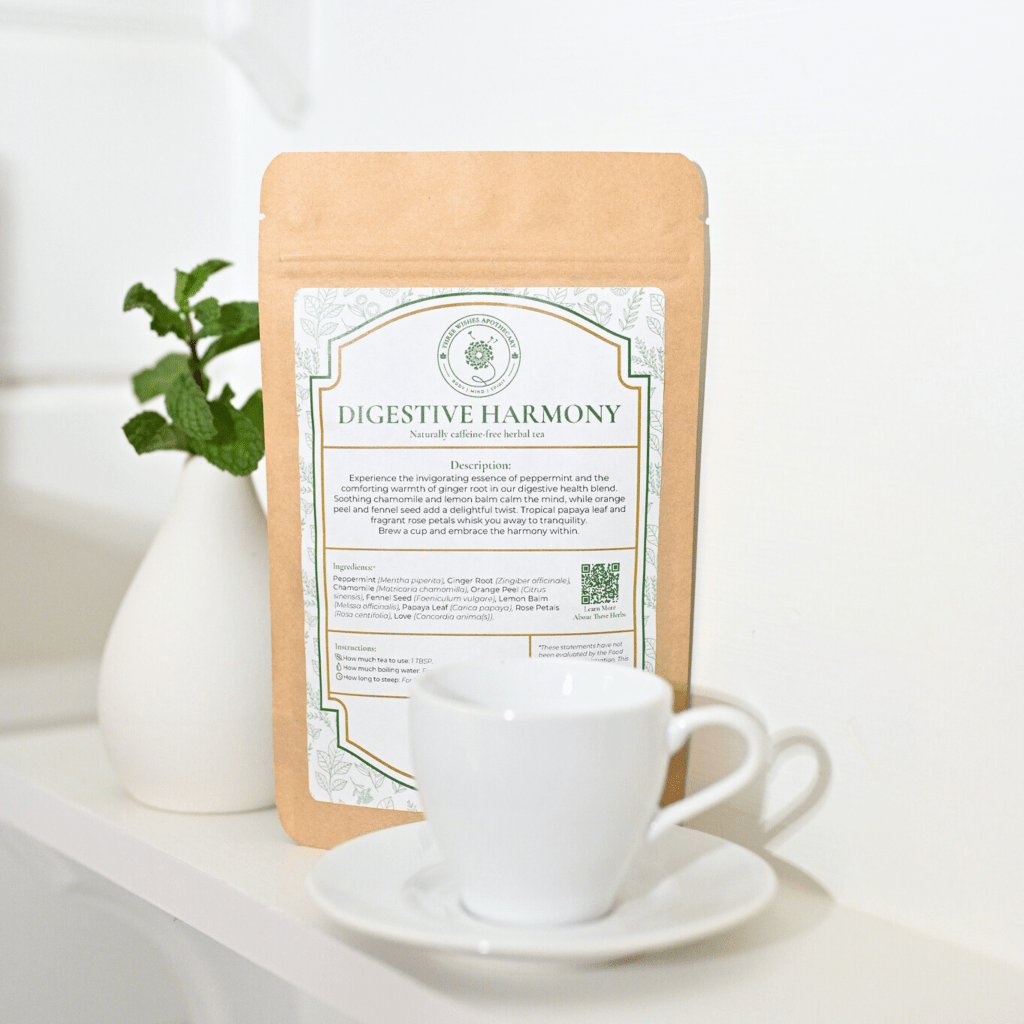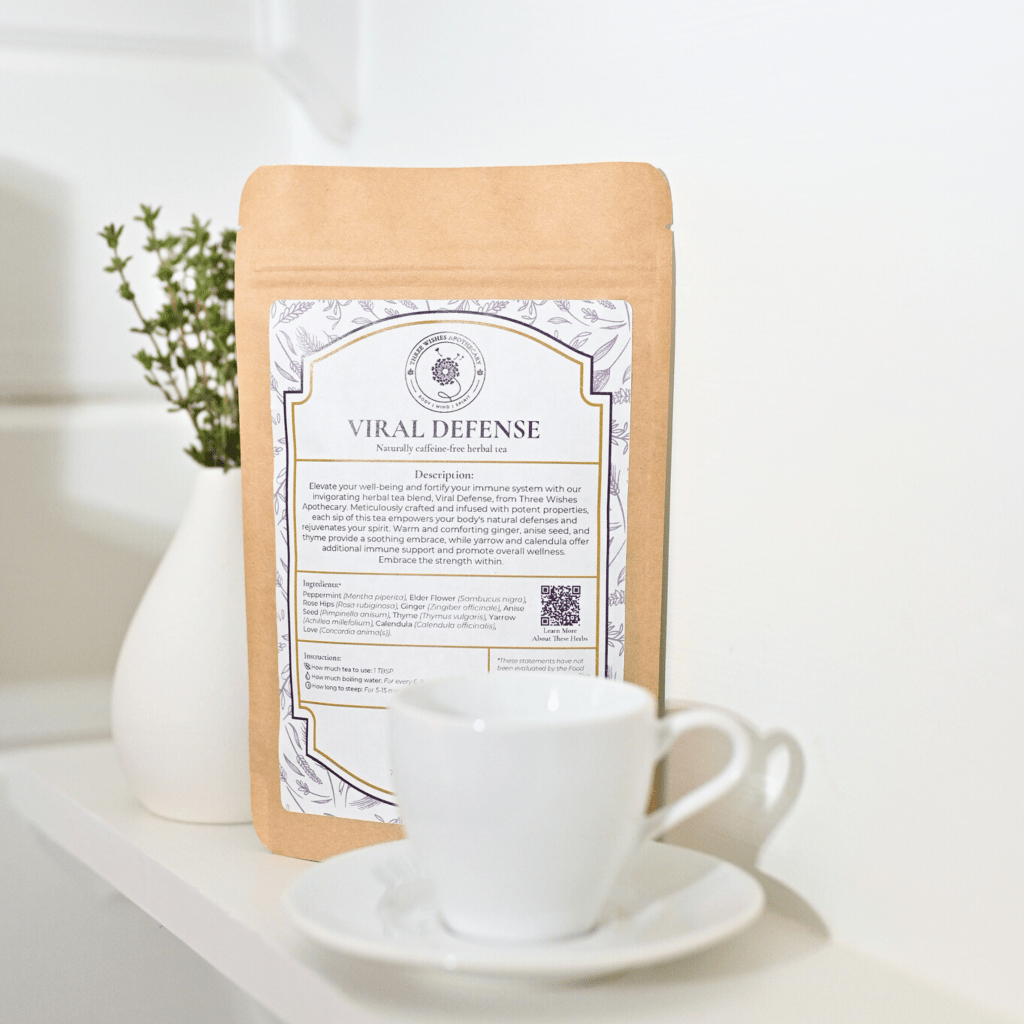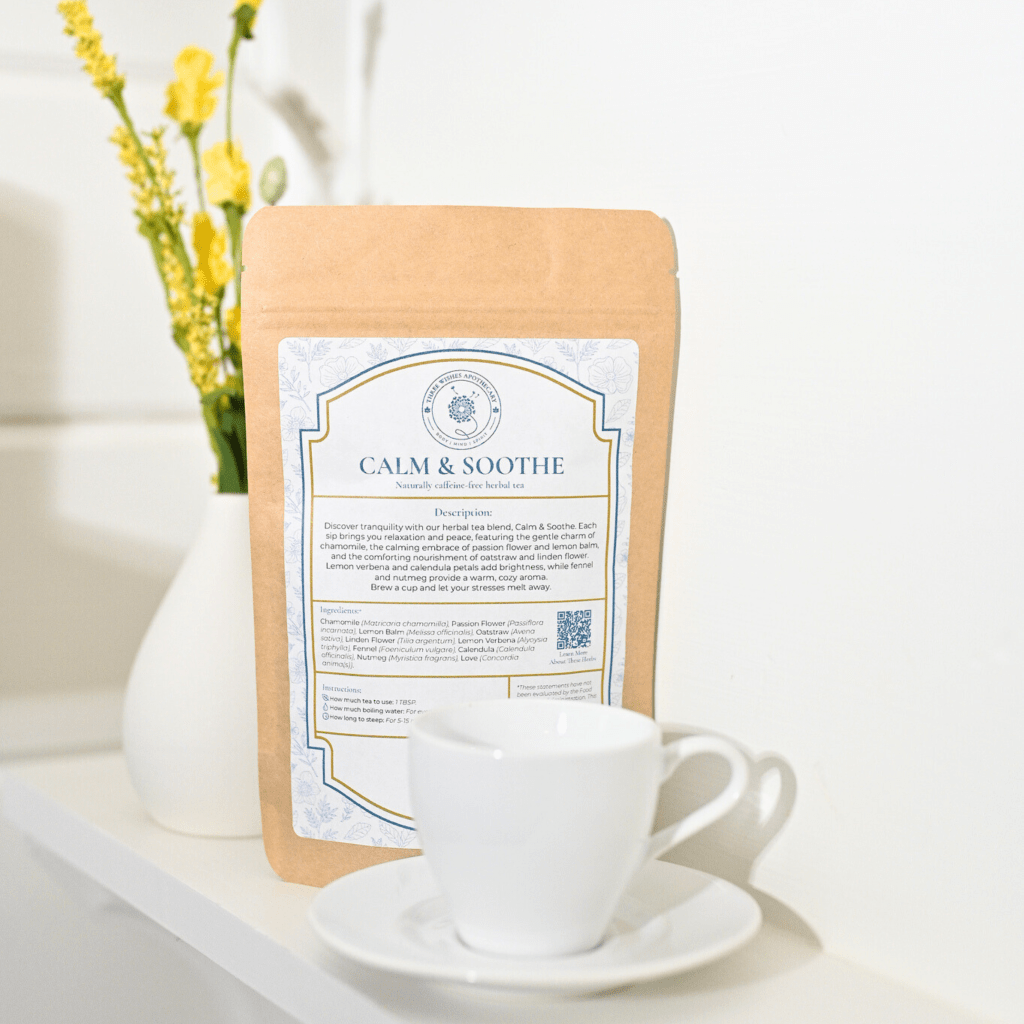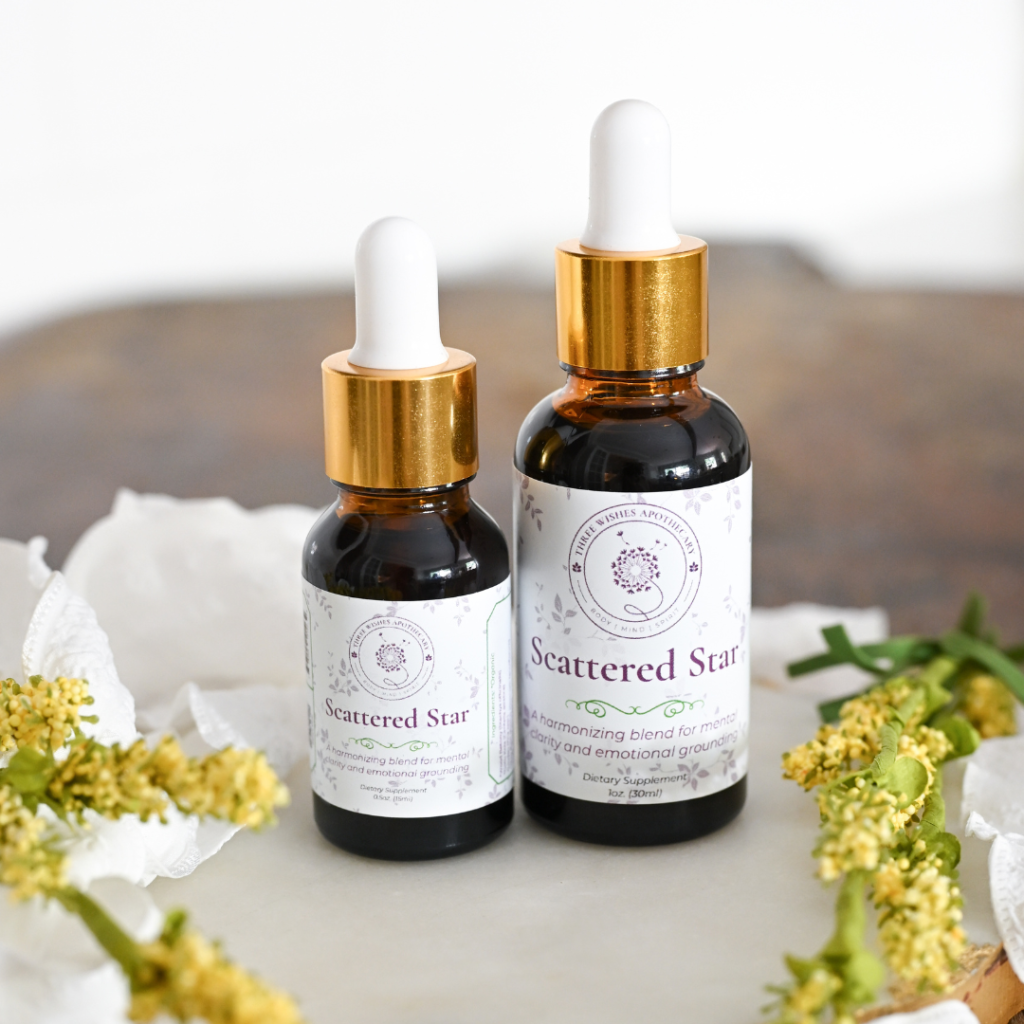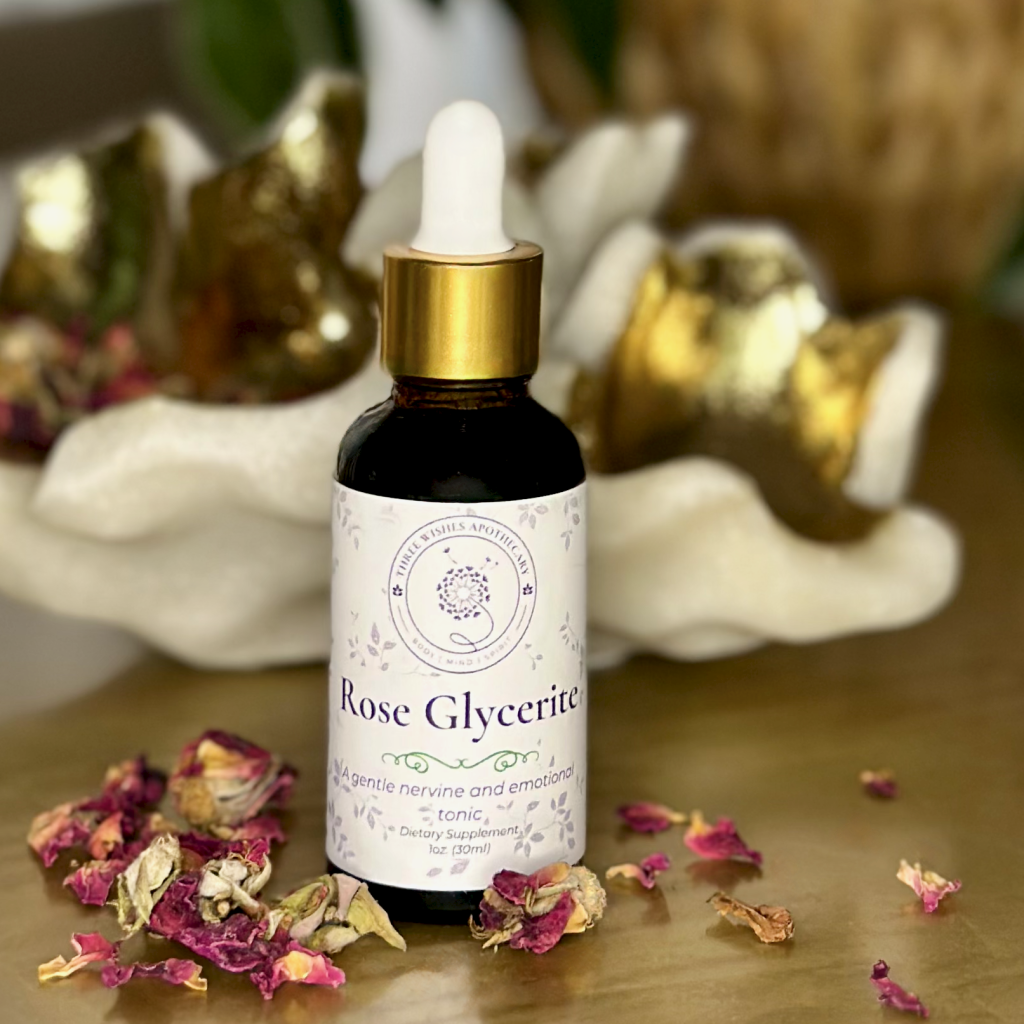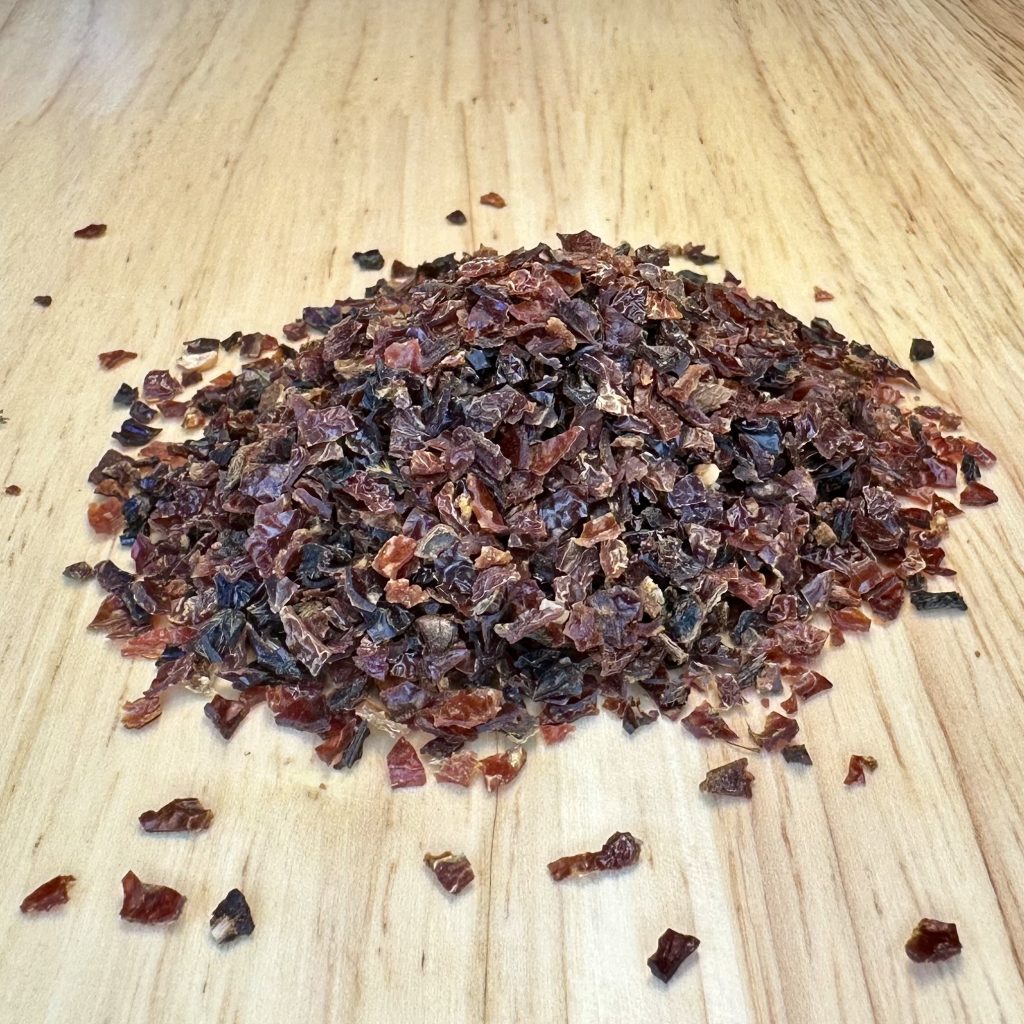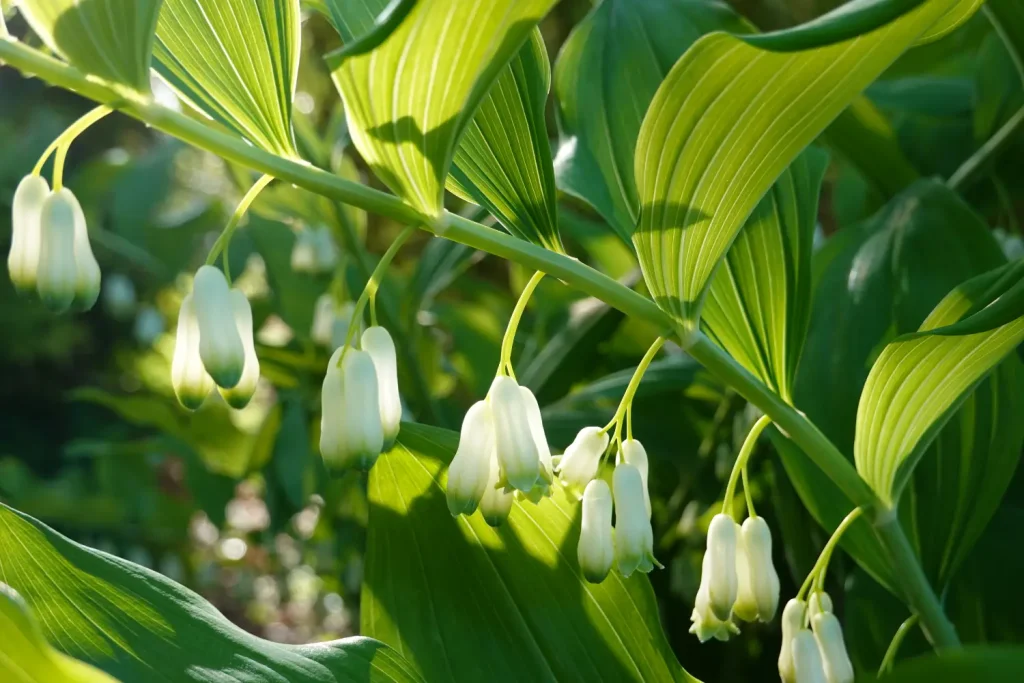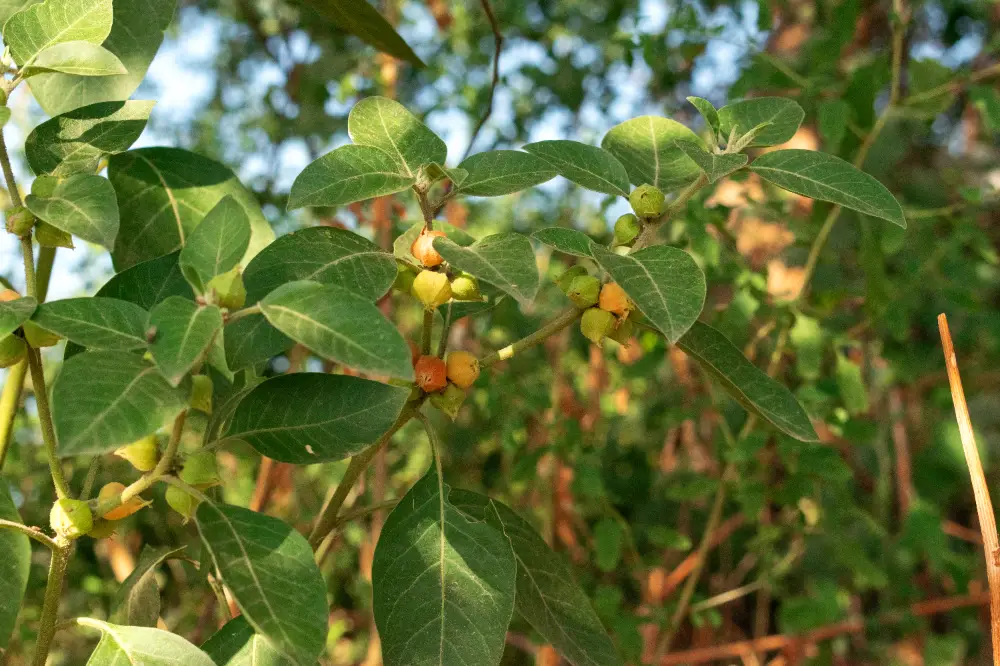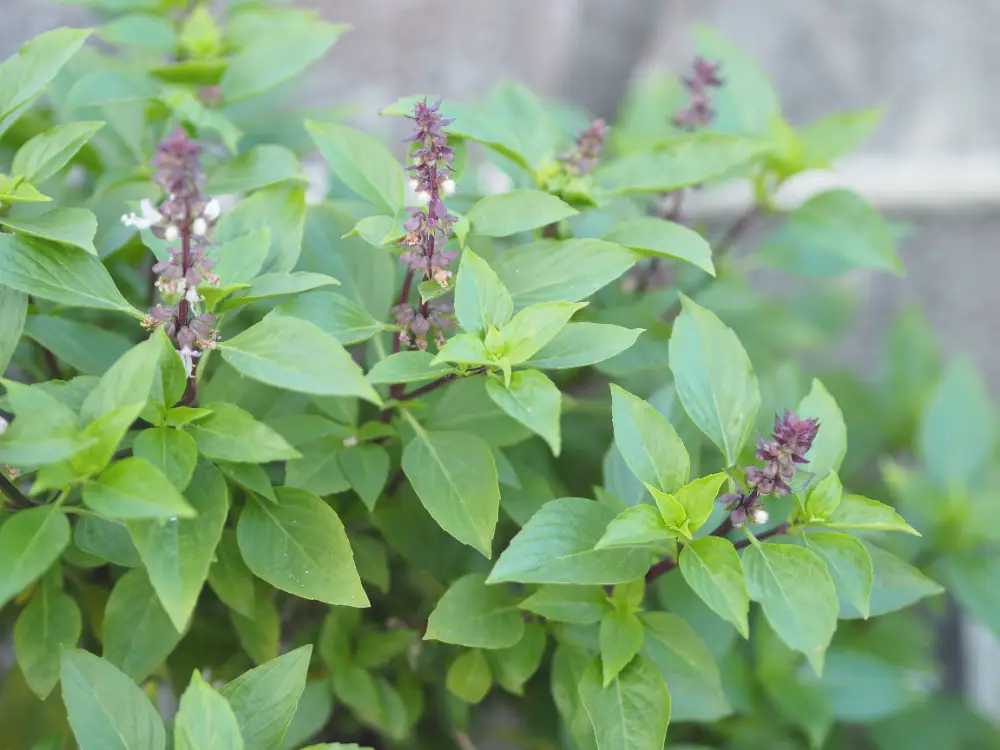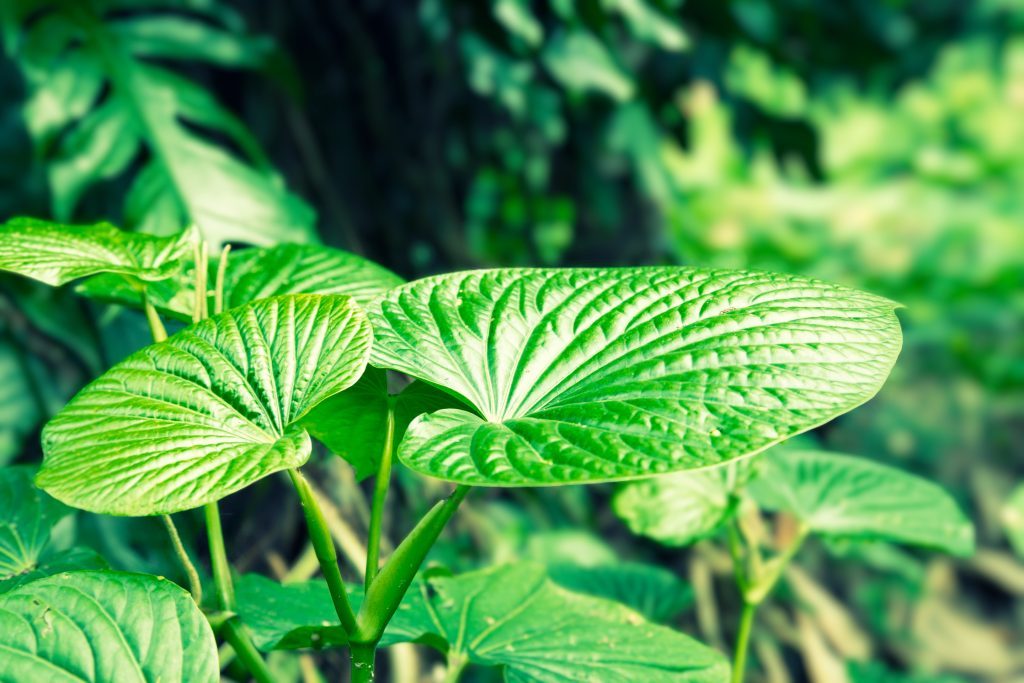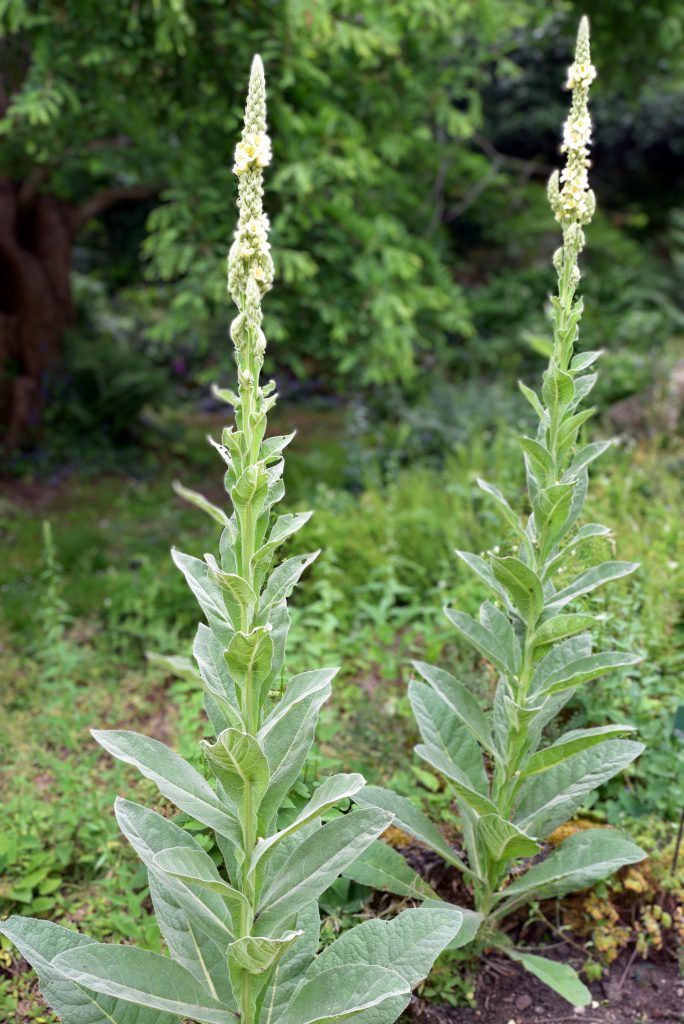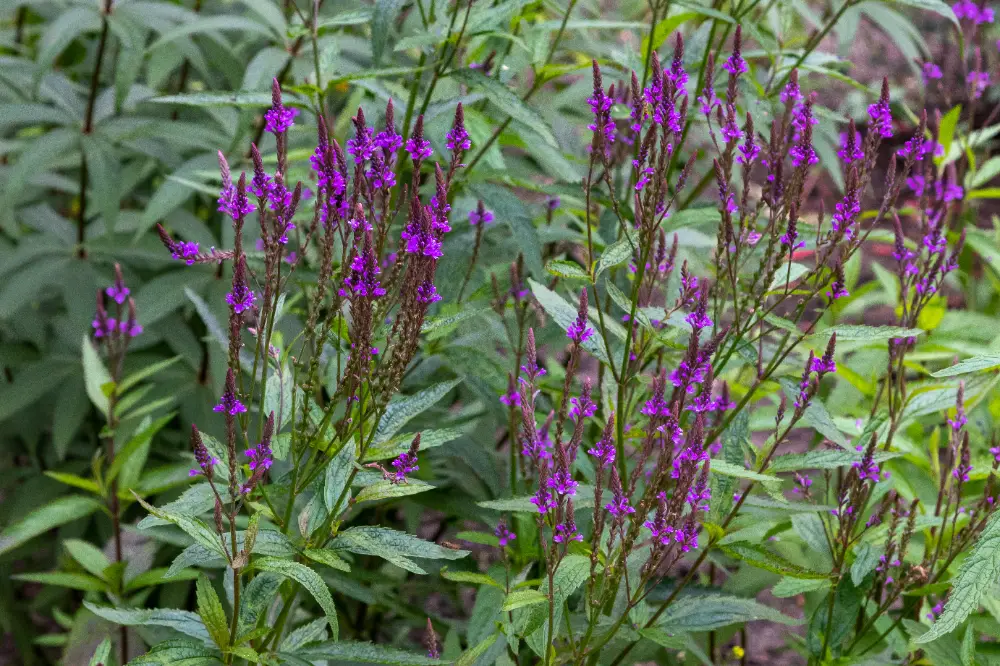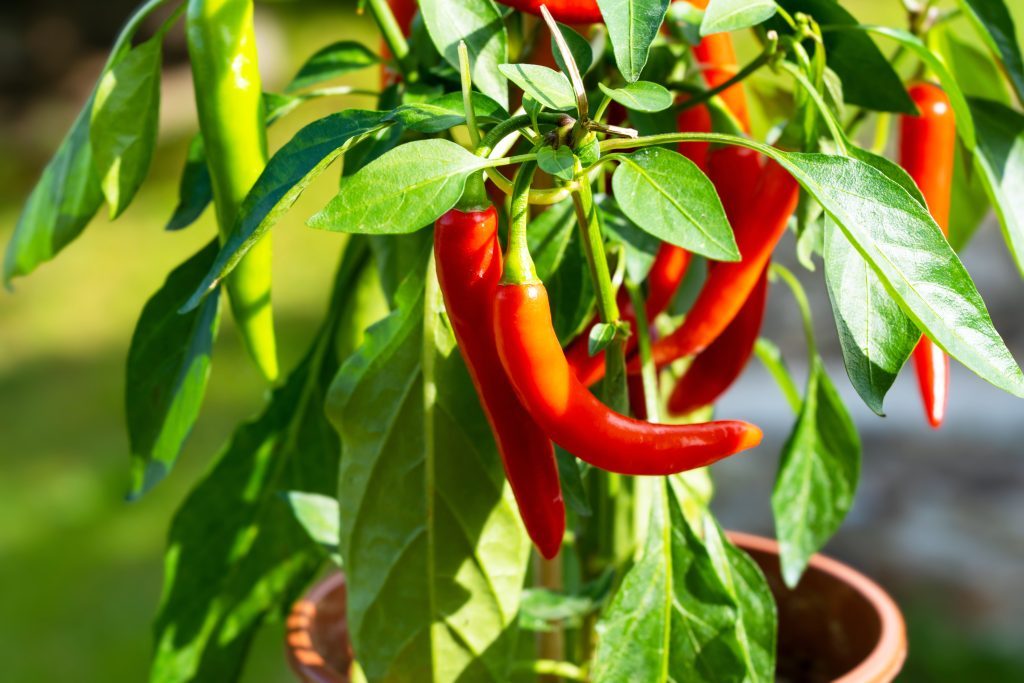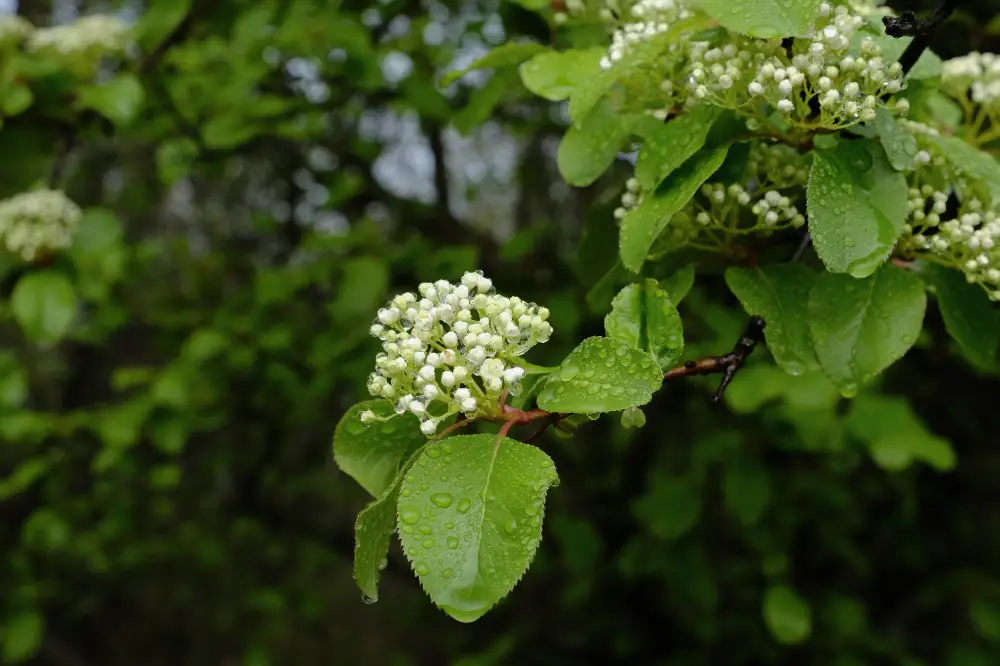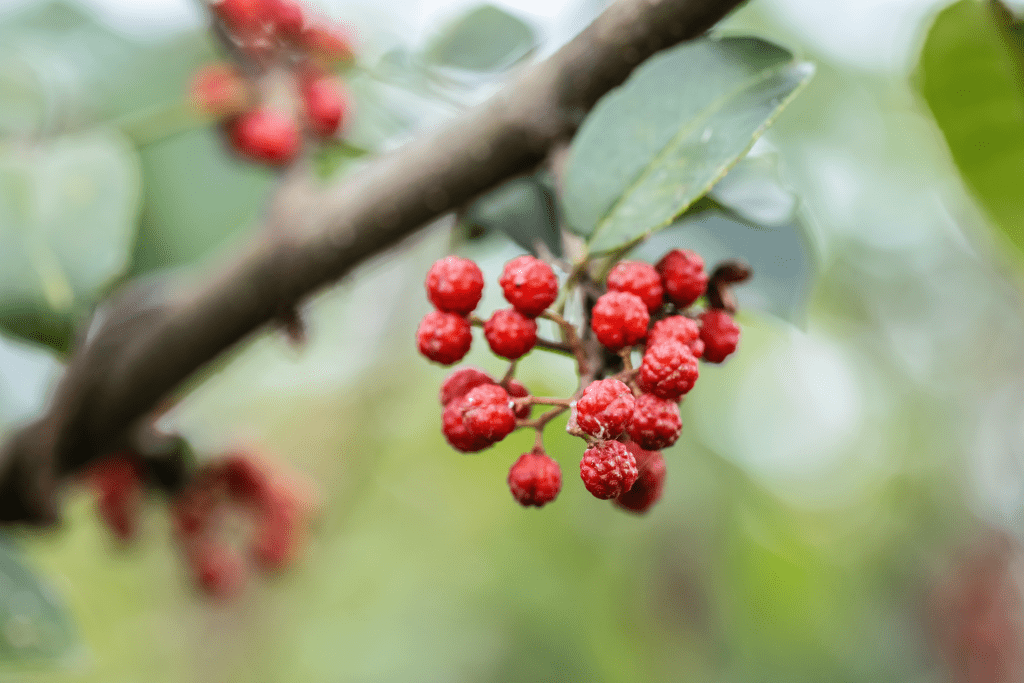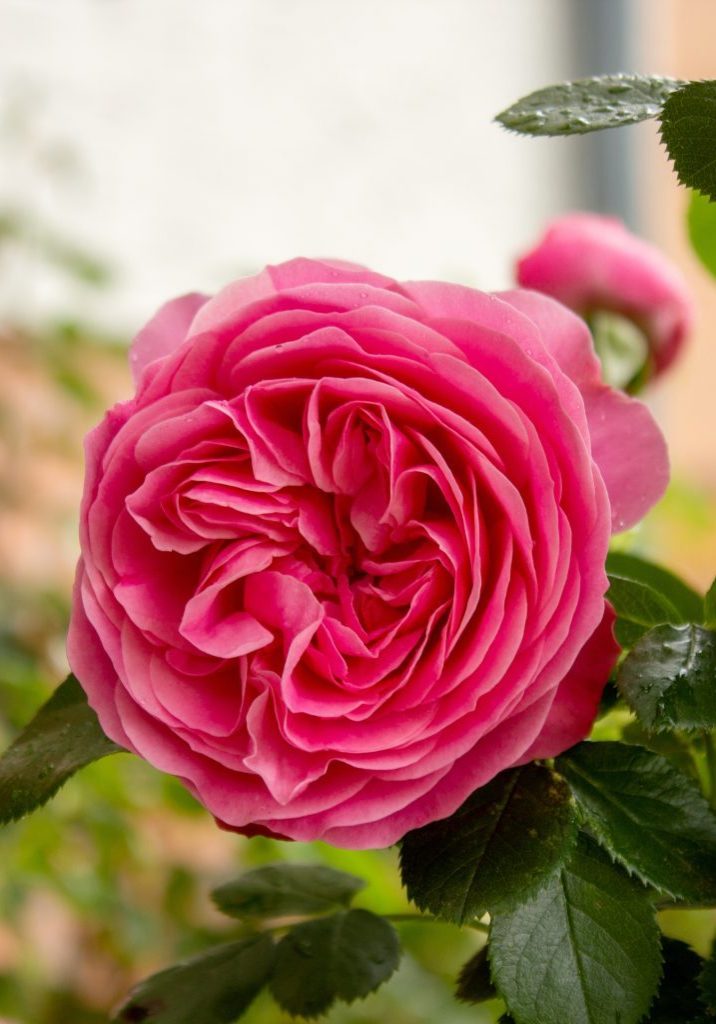
Rose
Rosa spp.
Rosaceae (Rose family)
The Sacred Rose – A Symbol of Beauty, Healing, and Heart Medicine
Other names:
Rosa spp. (Rosa nutkana, Rosa damascena, Rosa gallica, Rosa centifolia, Rosa rugosa)
Superpower
The ability to heal the heart—both physically, emotionally, and openning the heart. Rose is often used in rituals and remedies for grief, love, and emotional healing.
Uses
Historical Uses:
Roses have been cherished since ancient times for their beauty, fragrance, and medicinal properties. The Persians and Romans used Rosa damascena and Rosa gallica for making rosewater and rose oil, which were applied to treat infections and skin conditions. Rosa gallica, known as the Apothecary’s Rose, was a staple in European medicinal gardens for its ability to support wound healing, menstrual health, and digestive issues. The rose hips from wild species like Rosa nutkana were highly valued by Native American tribes for their vitamin C content and used to treat colds, fevers, and digestive upset.
Current Uses:
- Emotional healing: Rose is used to soothe the heart, especially during times of grief, sadness, and emotional imbalance. Rose petals are commonly added to teas and baths for their calming effects.
- Skin care: The astringent and anti-inflammatory properties of rose petals and rosewater make them beneficial for irritated skin, rashes, and acne.
- Immune support: Rose hips are a potent source of vitamin C and antioxidants, commonly used to support immune function and help prevent colds and flu.
- Digestive aid: The astringent properties of Rosa spp. are helpful in relieving diarrhea and inflammation in the digestive tract.
- Menstrual health: Rose has been traditionally used to support menstrual health, helping to regulate menstrual flow and alleviate cramping.
Cautions
Toxicity:
Rose petals and hips are generally considered safe when used appropriately. However, essential oils and concentrated extracts should be used with care and in diluted form, as they may cause skin irritation or sensitization in some individuals.
Contraindications:
Pregnancy: While rose petals and hips are safe in moderate amounts, use of rose essential oil should be avoided during pregnancy, as it may have uterine-stimulating effects.
Interactions:
There are no known significant interactions with medications; however, high tannin content in rose hips may theoretically reduce the absorption of certain drugs when taken simultaneously.
Known Chemical Constituents
Petals:
-
- Volatile oils: Geraniol, nerol, citronellol, eugenol, linalool, and geranic acid – these contribute to rose’s aromatic and anti-inflammatory properties, particularly in Rosa damascena and Rosa gallica.
- Flavonoids: Kaempferol, quercetin, and myricetin – provide antioxidant and anti-inflammatory effects.
- Tannins: Offer astringent qualities, useful for wound healing and skin care.
Hips:
-
- Vitamin C: Rose hips are exceptionally high in ascorbic acid (vitamin C), offering strong antioxidant and immune-supporting benefits.
- Carotenoids: Including beta-carotene, which supports eye health and provides antioxidant protection.
- Pectin: A soluble fiber that helps regulate digestion and supports gut health.
- Fatty acids: Including linoleic acid and alpha-linolenic acid, beneficial for skin health and inflammation reduction.
- Polyphenols: Antioxidants that contribute to cardiovascular health and anti-aging effects.
Leaves:
-
- Tannins: Found in higher amounts in leaves, providing astringency and supporting wound healing and digestive health.
- Flavonoids: Provide anti-inflammatory and antioxidant effects, supporting the immune system.
Botanical Description
Habitat: Various species of Rosa spp. are found across temperate regions worldwide, thriving in sunny, well-drained soils. They grow in environments ranging from meadows and forest edges to coastal dunes and mountain slopes.
Leaves: The leaves are compound, with 5-9 leaflets, and are serrated along the edges. In Rosa rugosa, the leaves are distinctly wrinkled and thick.
Stems: Most rose species have thorny stems, although some, like Rosa gallica, may have fewer thorns. The thorns help protect the plant from herbivores.
Flowers: Roses produce five-petaled or multi-petaled blooms that range from white to deep pink or red. Species like Rosa damascena and Rosa centifolia are prized for their fragrance and are often used in perfumery.
Hips: After flowering, roses produce round or oval hips, which are the fruit of the plant. Rosa rugosa is known for its large, vitamin C-rich hips.
Fun Facts
Nootka Rose is named after the Nootka Sound on Vancouver Island, where it was first documented by botanists.
Rose hips are one of the richest plant sources of vitamin C.
Nootka Rose is commonly used in traditional medicine by Indigenous peoples of the Pacific Northwest.
Parts Used
Leaves, Hips, Petals, Buds
Harvest
Timing: The ideal time to harvest rose petals is in the early morning, just after the dew has dried but before the heat of the day intensifies. The flowers should be harvested when they are fully open but still fresh, before they begin to wilt. Rose hips are best harvested in the late fall, once they have turned a vibrant red or orange, and after the first frost for maximum vitamin C content.
Method: Use sharp scissors or pruning shears to carefully snip the petals or hips without damaging the plant. For petals, collect them gently into a basket to avoid bruising. For rose hips, ensure they are firm and ripe before harvesting.
Storage: Dry petals by spreading them in a single layer in a shady, well-ventilated area. Once fully dried, store them in an airtight container away from direct sunlight. Rose hips can also be dried whole or cut in half to speed up the drying process. Once dried, store them similarly to retain their potency.
Preparations
Teas and Infusions:
- Rose petals are often brewed into a tea to soothe the nervous system, cool inflammation, and support emotional balance. The hips are rich in vitamin C and antioxidants, making a tea brewed from rose hips an excellent tonic for the immune system.
Tinctures:
- Rose petal tinctures are used to address emotional imbalances, such as grief, anxiety, or irritability. A rose tincture can also be used topically to soothe inflamed or irritated skin.
Skincare:
- Rosewater and essential oils are widely used in skincare routines to tone and hydrate the skin, while also offering anti-inflammatory benefits. It is particularly effective for calming redness and irritation.
Poultices:
- Fresh or dried rose petals can be made into a poultice and applied to wounds, rashes, or bruises to promote healing and reduce inflammation.
Sacred Rituals
Brewing a tea from rose petals or rose hips. Sit quietly, holding your cup of tea, and visualize a soft pink light radiating from your heart center, expanding with each breath. Sip the tea slowly, allowing its calming energy to open your heart and wash away any feelings of grief or sadness.
Affirmations
“My heart is open to love and healing. I honor the strength in my boundaries and the softness in my spirit.”
Spiritual Associations
Heart Healing: Rose is known as the ultimate heart healer, both physically and emotionally. It is often used in rituals to mend a broken heart, foster self-love, and bring emotional balance.
Functions
A substance or agent that reduces inflammation in the body, soothing irritation, swelling, or redness in tissues.
Antidepressant
A substance or agent that helps alleviate symptoms of depression by uplifting mood, reducing anxiety, and supporting emotional balance.
AntioxidantA substance or agent that neutralizes free radicals, preventing oxidative damage to cells and tissues.
AstringentA substance or agent that causes contraction or tightening of tissues, often reducing secretions or bleeding.
Digestive & Elimination Health
The overall well-being and optimal functioning of the digestive system, which includes the gastrointestinal tract, liver, pancreas, and other supporting organs. It encompasses the processes of breaking down food, absorbing nutrients, and eliminating waste, as well as maintaining a healthy balance of gut microbiota.
Immune System SupportThe measures or substances that enhance or maintain the proper functioning of the immune system, helping the body defend against infections, pathogens, and diseases.
Nervine TonicA nervine tonic is a substance that nourishes, restores, and strengthens the nervous system, promoting long-term resilience and balance.
Sedative (mild)A substance that gently calms the nervous system, promoting relaxation and reducing mild anxiety or restlessness without causing strong sedative effects or significant drowsiness.
VulneraryA substance that promotes wound healing, helps repair damaged tissues, and aids in the recovery of cuts, scrapes, burns, or other skin injuries.

